In everyday life or during exercise, insoles play a crucial role in enhancing comfort and supporting foot health. But did you know there are essential differences between regular insoles and orthotic insoles? Understanding them can help you choose the right insole for your specific needs.
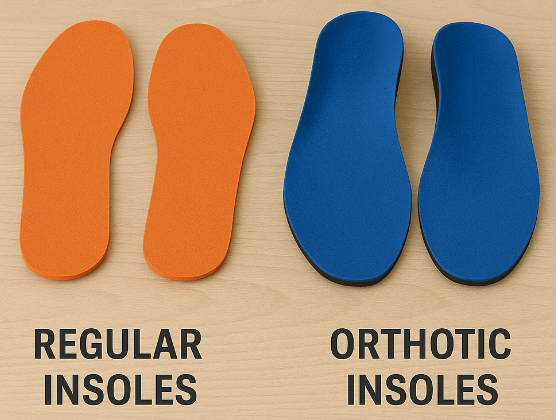
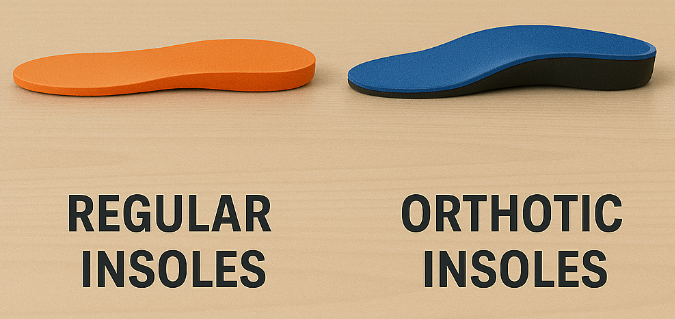
Function: More Than Just Comfort
Insoles primarily provide shock absorption, arch support, moisture control, and enhanced comfort. Orthotic insoles take it further by incorporating biomechanical support, correcting foot posture, and relieving pain. Choosing the right insole can prevent fatigue and injury from long periods of standing or walking.
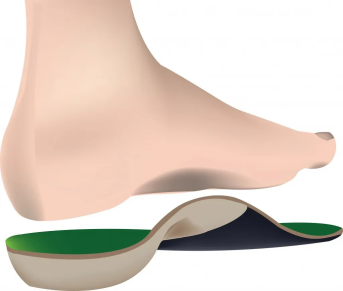
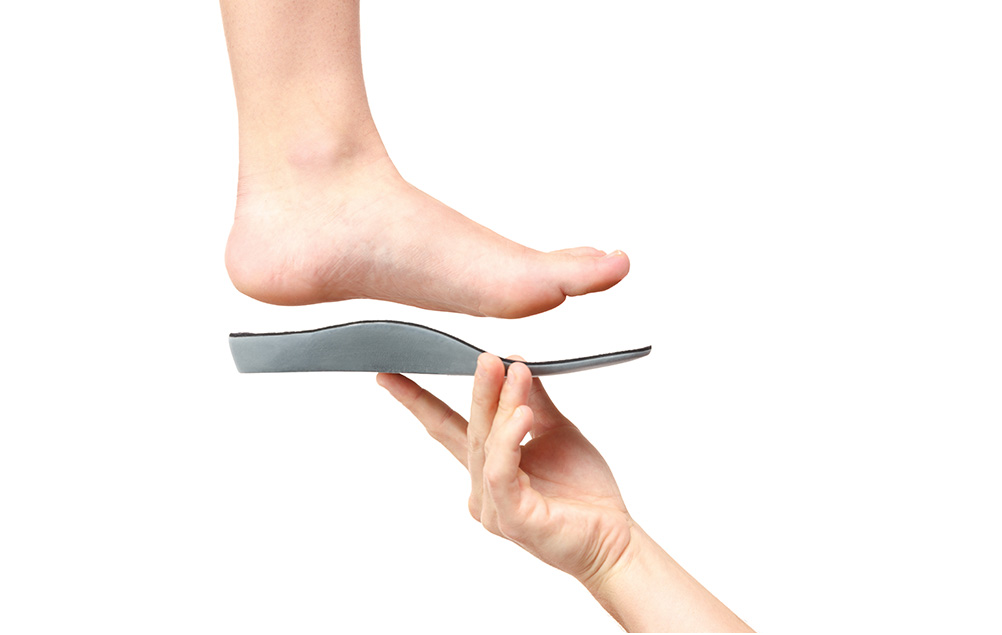
Features of Regular Insoles: Comfortable, Universal, and Ideal for Daily Use
Regular insoles focus on improving in-shoe comfort and are typically made from foam, EVA, gel, or similar materials. They are suitable for:
●People with no obvious foot problems;
●Those seeking better cushioning and comfort;
●Anyone looking to adjust shoe fit slightly.
They are affordable, widely available, and perfect for casual use.
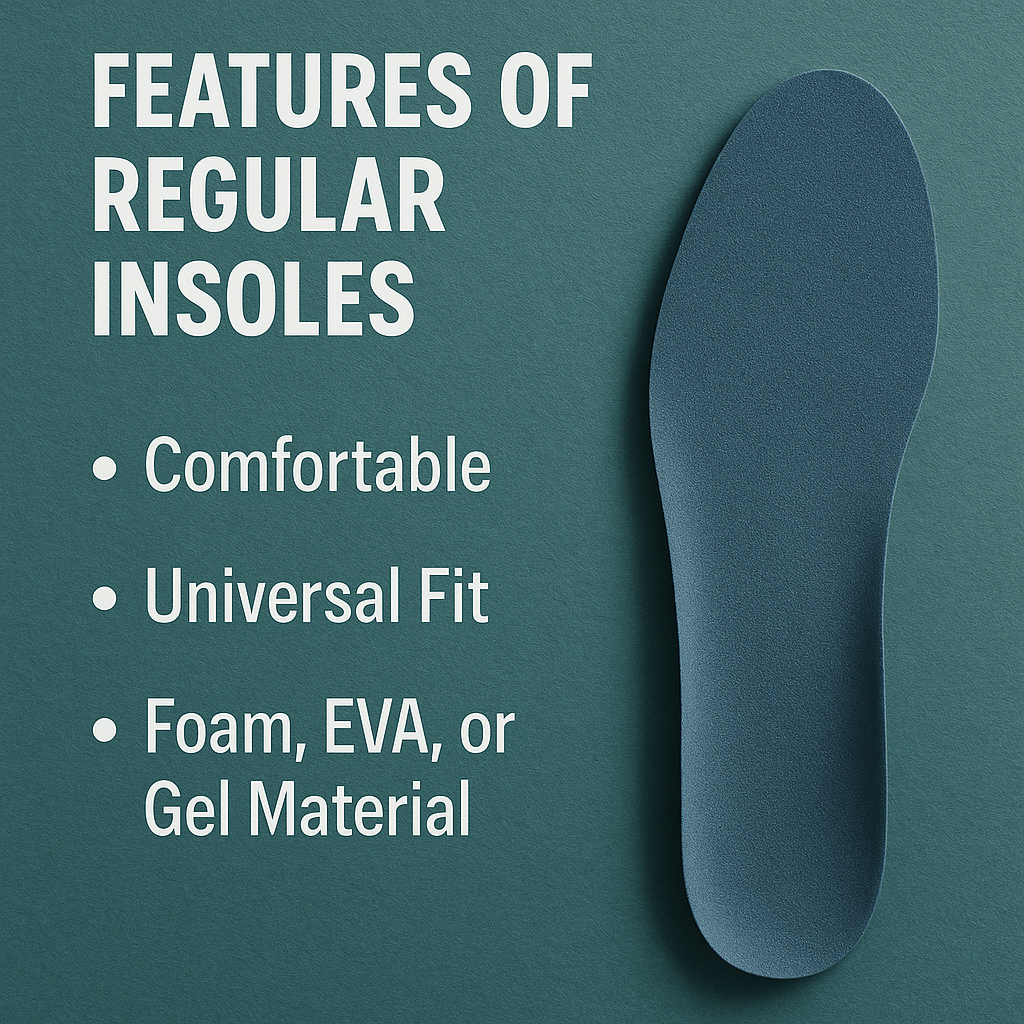
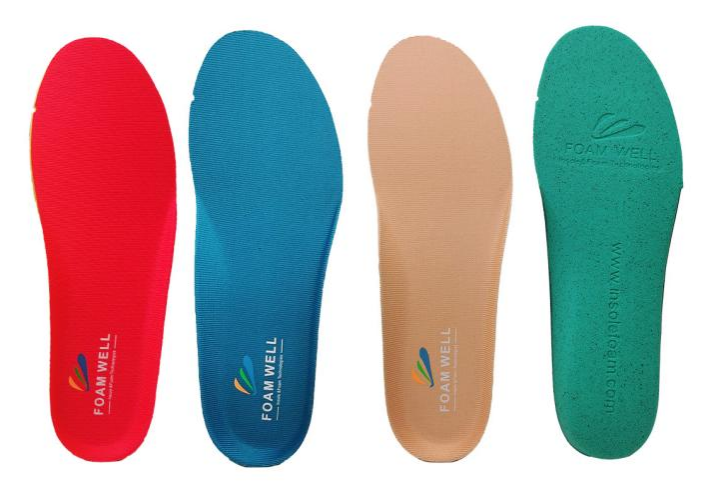
Features of Orthotic Insoles: Biomechanical Support and Medical Benefits
Orthotic insoles (also known as corrective or function insoles) are designed based on foot arch structure and biomechanics. They are ideal for those with conditions such as:
●Flat feet, high arches;
●Plantar fasciitis, overpronation/supination;
●Medically recommended foot alignment issues.
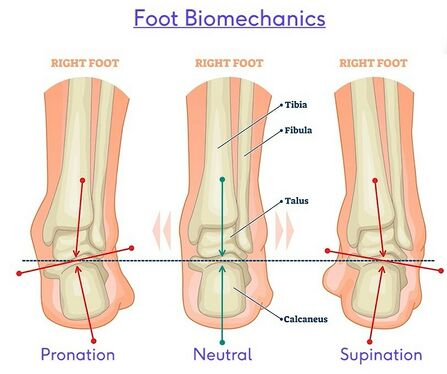
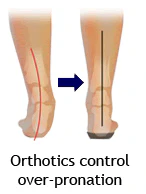
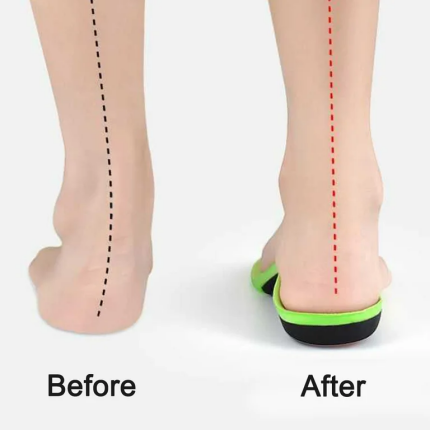
These insoles often include arch support, heel stabilizers, and high-density materials to evenly distribute pressure and improve foot alignment.
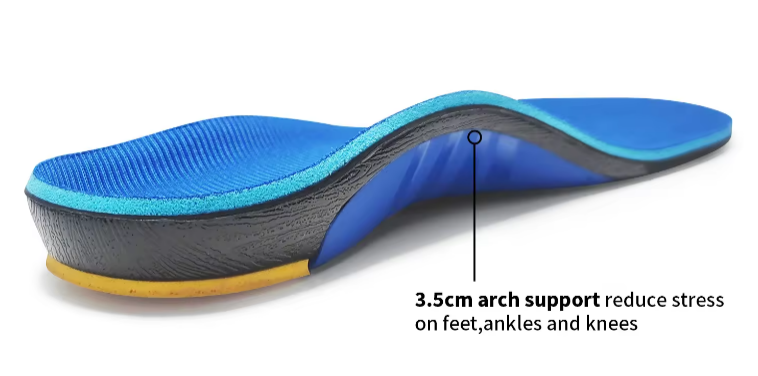
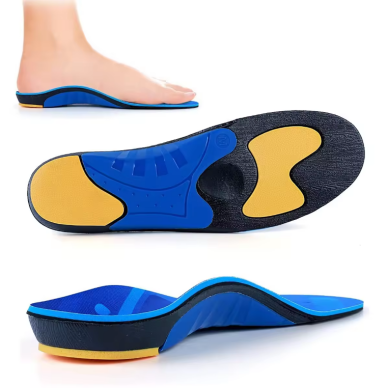
How to Choose the Right Insole?
Consider your foot shape, activity level, and any existing discomfort:
●For general comfort and light walking, regular insoles are usually enough.
●If you experience chronic foot pain, fatigue, or structural issues, orthotic insoles are the better choice.
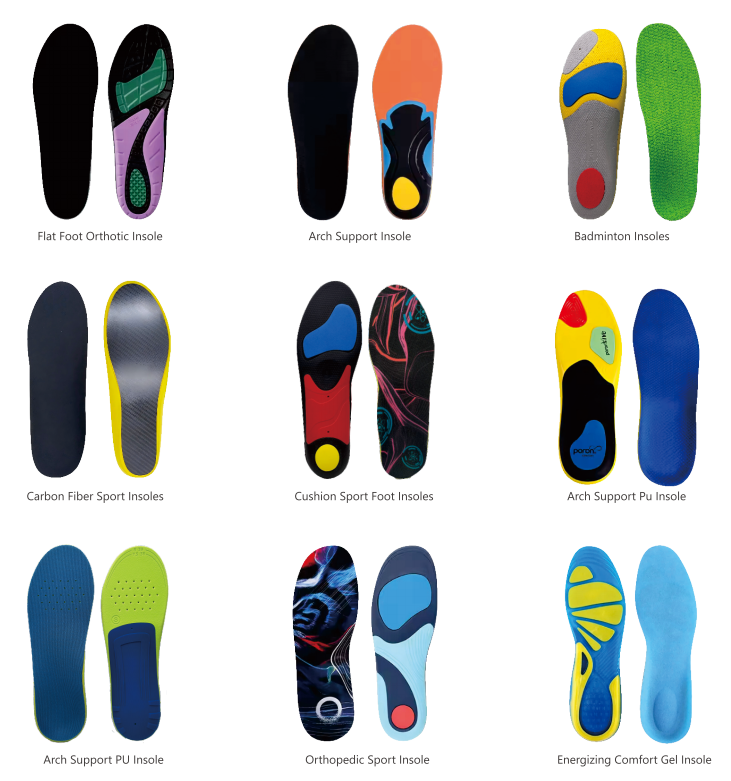
Post time: Apr-28-2025
